This article was co-authored by Trudi Griffin, LPC, MS. Trudi Griffin is a Licensed Professional Counselor in Wisconsin specializing in Addictions and Mental Health. She provides therapy to people who struggle with addictions, mental health, and trauma in community health settings and private practice. She received her MS in Clinical Mental Health Counseling from Marquette University in 2011.
There are 19 references cited in this article, which can be found at the bottom of the page.
wikiHow marks an article as reader-approved once it receives enough positive feedback. This article received 11 testimonials and 90% of readers who voted found it helpful, earning it our reader-approved status.
This article has been viewed 521,092 times.
Nurturing a child with Attention Deficit Hyperactivity Disorder (ADHD) can be very difficult, as they need distinctive discipline techniques that are not the same as other children. Otherwise, you may risk unnecessarily excusing your child's behavior, or become too severe in punishment; you must perform the intricate task of balancing between these two extremes. Experts in managing children with ADHD confirm that disciplining such children can be a challenging job. However, parents, caregivers, teachers, and others can discipline their children with ADHD based on patience and consistency.[1]
Steps
Establishing Routines and Organizations
-
1Address critical needs within your family's schedule and organization. ADHD children have great difficulty in planning, thinking through procedures, managing time, and other daily life skills. A strongly structured organizational system will be critical to your family's daily life. In other words, creating a routine can prevent the need for discipline in the first place because your child will be less likely to misbehave.[2]
- Many of child's actions may be rooted in the characteristic lack of organization that is not fully within the child's control. The family needs to intervene with strong organization and an understanding that the child needs extra help and patience in this area. At the same time, the child should not be held to low expectations, either.
- This typically includes things such as morning routines, homework time, bedtimes, and things like limits on video games.
- Be sure expectations are explicit. "Clean your room" is vague, and an ADHD child may be confused where even to begin and how to follow through before losing focus. It may be better to break it up into short, clear tasks: "Pick up toys", "Vacuum rug", "Clean hamster cage", "Put away clothes--in the closet on hangers".
-
2Establish clear routines and rules. Make sure you have a set of clear rules and expectations for your whole family and household. Children with ADHD are unlikely to pick on the subtle hints. Communicate clearly exactly what you expect and what they need to do each day.[3]
- Once you have established the household routine for the work week, for example, put up a schedule in your child's room. You can use a whiteboard and make it fun by using colors, stickers, and other decorative aspects. Explain and point out everything on the schedule so that your child can understand it in different ways.
- Establish routines for all kinds of daily tasks, including homework, which tends to be a big issue for most kids with ADHD. Make sure your child writes down their homework every day in a planner and that there is a regular time and place for them to do their homework. Make sure to go over their homework before they begin and review it with them afterward.[4]
Advertisement -
3Break large tasks down into small pieces. Parents need to understand that the disorganization that often accompanies children with ADHD is often the result of being visually overwhelmed.[5] As a result, the child with ADHD needs a big projects, such as cleaning their room or folding and putting away clean laundry, to be broken down into many smaller tasks, given one at a time.
- In the case of laundry, for example, ask your child to begin by finding all their socks and putting them away. You can make a bit of a game out of it by playing a CD and challenging your child to complete the task of finding all the socks and putting them in the appropriate drawer by the end of the first song. Once that is accomplished and you praise them for doing it correctly, you can then ask them to pick out and put away their underwear, PJs, and so on, until the task is competed.
- Breaking the project into smaller pieces spread out over time not only prevents behavior born of frustration, but also gives parents multiple chances to provide positive feedback while allowing children many opportunities to experience success. The more success experienced—and rewarded—the more a child begins to identify themselves as a success, giving a much needed self-esteem boost and helping them actually become more successful in the future. After all, success breeds success![6]
- You may still need to guide your child's routines. ADHD makes it difficult to focus, not get distracted, and keep going on boring tasks. That does not mean they get to opt out of chores. However, the expectation that they can do it independently may or may not be realistic...this depends very much on your child. It is better to work together on such tasks in an accepting way, and make it a positive experience, than to expect too much and make it a point of frustration and argument.
-
4Get organized. Establishing routines develops habits that will last a lifetime, but there also needs to be a good organizational system in place to support those routines. Help your child to organize their room. Remember that children with ADHD are overwhelmed because they notice everything at once, so the more they can categorize their belongings, the easier it is for them to deal with that plethora of stimuli.[7]
- Children with ADHD do well with storage cubes, shelves, wall hooks and the like to help them separate out items into categories and minimize crowding.
- Use of color-coding, pictures, and shelf labels also helps minimize visual stress.
- De-clutter. In addition to overall organizing, purging the "stuff" that will distract your child will help make the environment more calming. This does not necessarily mean stripping the room bare. However, getting rid of outgrown toys, clothing they do not wear, and cleaning out shelves of bric-a-brac that does not hold high appeal for the child can go a long way to making a more harmonious environment.
-
5Get your child's attention. As the adult, you have to be certain the child is attending before making any demands, directions, or commands. If they are not "dialed in" on you, nothing will get accomplished. Once they start to do the task, don’t distract their attention from the job by giving additional commands or starting a discussion that diverts their attention.[8]
- Make sure your child is looking at you, and you are making eye contact. While this is not a full assurance of attention, it is more likely your message will get through.
- Angry, frustrated, or otherwise negative talk has a way of getting "filtered out". This is often a defense mechanism - ADHD kids tend to get people frustrated with them and they fear being criticized for something they cannot really control. Yelling, for example, may well not get the child's attention.
- ADHD kids respond well to fun, the unexpected, and whimsical. Tossing a ball will often get attention, especially if it is thrown back and forth a bit before moving onto a request. Saying, "knock, knock?" and doing a joke may work. A call-and-response pattern or clapping pattern may work, too. These are all playful manners that typically will get "through the fog."
- It is difficult for kids with ADHD to focus, so when they do exhibit focus, give them their best chance to keep it by not interrupting them or taking them away from the task at hand.
-
6Get your child involved in physical activities. Children with ADHD function much better when they are using their bodies in different physical ways; activity helps them get that brain stimulation they crave.
- Children with ADHD should be doing some sort of physical activity at least 3-4 days a week. The best choices are martial arts, swimming, dance, gymnastics, and other sports that use a variety of body movements.
- You can even have them do a physical activity on their non-sports days, too, like going on a swing, riding a bike, playing at the park, and so on.
Taking a Positive Approach
-
1Provide positive feedback. You may start with tangible rewards (stickers, popsicles, little toys) for every success. Over time, you can gradually wean down to sporadic praise (“great job!” or a hug), but do continue providing positive feedback well after your child has developed good habits that result in regular successes.[9]
- Making your child feel good about what they do is one key strategy to avoiding the need to discipline them in the first place.
- Do not be stingy on rewards. ADHD children need a lot of positive feedback. A lot of small, frequent rewards throughout the day work better than one large reward at the end of the day.
-
2Act rationally. Use a low, firm tone of voice when you need to discipline. Using a firm but even voice, say as few words as possible when giving instructions. The more you say, the less they will remember.
- One expert reminds parents to “act, don’t yak!” Lecturing a child with ADHD is pointless, while powerful consequences say it all.[10]
- Avoid responding to child's behavior emotionally. If you get angry or yell, it may increase your child’s anxieties, fueling their belief that they're a bad kid who never does anything right. In addition, it may also invite your child have the feeling that they are in control since you lost your composure.[11]
-
3Address the behavior directly. Children with ADHD need more discipline than average kids, not less. While it might be tempting to give your child a pass on disciplining their behavior because of ADHD, this in fact only increases the likelihood that the behavior will continue.
- As with most things in life, If you ignore it, it will escalate and get worse. Your best bet is to deal with the problem behavior the first time it occurs and right away. Enact discipline immediately after the behavior so that your child can connect their behavior with the discipline and your response. In this way, they will learn over time that this behavior comes with consequences, and hopefully stop engaging in the specific behavior.
- Children with ADHD can be impulsive and often do not consider the consequences to their actions. They often fail to realize they have done anything wrong. The cycle is such that if there are no consequences, this problem will get worse. Thus, they need adults to help them see this and learn the wrongness of their behavior and the potential consequences of continuing that behavior.
- Accept that ADHD children will just need more patience, guidance, and practice. If you compare an ADHD child with the "typical" child, you will likely get extremely frustrated. You will have to spend more time, energy, and thought into working with this sort of child. Stop comparing them to other "easier" kids. This is critical in having more positive--and thus more productive--interactions and results.
-
4Offer positive reinforcement. Parents have success with their ADHD children by rewarding good behavior more often than they punish the bad. Opt to praise what they do right, rather than criticize what they do wrong.[12]
- Many parents have found more success in changing bad behaviors, such as poor table manners at mealtimes, by instead focusing on giving positive encouragement and praise when their children do something right. Instead of criticizing how your child sits at the table or talks with food in their mouth, try praising them when they use their utensils properly and when they are a good listener. This will help your child pay more attention to what they're doing in order to receive praise.
- Watch your ratio. Make sure your child gets more positive inputs than negative ones. You might have to go out of your way to “catch them being good” sometimes, but the benefits of praising more than punishing will be incalculable.
-
5Develop a system of positive reinforcement. There are many tricks to inspire better behavior— those carrots often work better than the threat of the sticks. For instance, if your child is dressed and in the kitchen for breakfast by a certain time, they can choose waffles instead of cereal for breakfast. Offering choices is one way to positively reinforce your child when they behave well.[13]
- Consider setting up a positive behavior system that allows your child to earn privileges, such as an allowance bonus, a special day out, or something similar. By the same token, poor behavior results in the loss of points, but points can be earned back with extra chores or other such activities.[14]
- A point system can help give children the motivation they need to comply. If your child is not motivated to pick up their toys before bedtime, knowing they will earn points toward a privilege may be all the incentive they need to comply. The best part of such a plan is that parents are no longer the bad guys when children don’t get privileges—their destinies are in their own hands and they have to take responsibility for their choices.
- Note that children have more success with a points system when it is clearly specified with a checklist, schedule, and deadlines.[15]
- Be aware checklists and schedules have limitations. ADHD makes even motivated children have difficulty staying on task. If the expectations are simply too high or not otherwise suitable, they may not experience success, and the system is useless.
- For example: A child who is struggling with an essay for homework, and is simply spending so much time on it that she missed the deadline for practicing the violin may be in a terrible bind.
- Another example: A child has great trouble with a behavior checklist, and he never gets enough gold stars to earn a reward. Without positive reinforcement, he acts out rather than "buys into" the system.
-
6Try to frame everything in positive, rather than negative terms. Rather than tell your child with ADHD to stop a bad behavior, tell them what they should be doing. Generally, children with ADHD often cannot instantly be able to think of a good behavior to replace the bad one with, so it will be hard to stop. Your job, as a guide, is to remind them what the right behavior is. Also, your ADHD child may not fully hear the "not" in your sentence, so the mind may not process what you are saying correctly.[16] For example:
- Instead of saying, "Stop jumping on the sofa", say, "We sit on the sofa."
- "Gentle hands with the cat" instead of, "Stop pulling on the cat's tail."
- "Criss cross applesauce!" instead of "Stop getting up."
- Focusing on the positives works well when crafting family rules as well. Instead of “no playing ball in the house,” try “balls are outside toys.” You may find more success with “walk slowly in the living room” than with “no running!”[17]
-
7Avoid giving too much attention to bad behavior. Attention--good or bad--is a reward for children with ADHD. Thus, you should give your child lots of attention when good behavior occurs, but limit the attention you give bad behavior as it can be seen by your child as a reward. [18]
- For instance, if your child gets out of bed to play at night, silently but firmly put them back where they belong without hugs and attention. Feel free to confiscate the toys, but do not discuss it at the time or they will feel rewarded by your attention or that the rules are up for debate. If you consistently fail to reward the bad behavior, it should disappear over time.
- If your child is cutting up their coloring book, simply take away the scissors and the book. A calm "we cut paper, not books" is all that is required.
Establishing Consequences and Consistency
-
1Be the authority--you are the adult. The parent needs to be the one in control, but all too often, the persistence of the child breaks down the parent’s will.[19]
- Consider the little girl who asks for a Coke five or six times in three minutes, all while the parent is on the phone, or dealing with the other baby, or trying to fix dinner. Sometimes it’s tempting - and indeed, easier - to cave in: “Fine—go ahead but leave me in peace!” However, the message being sent out is that persistence will win the day and that she, and not the parent, is in control.
- ADHD children do not do very well with permissive discipline. These children need firm and loving guidance and boundaries. Long discussions about rules and why we have them do not work. Some parents are uncomfortable with this approach at first. However, keeping rules firm, consistent, and loving is not harsh or cruel.
-
2Make sure there are consequences for misbehavior. The cardinal rule is that discipline must be consistent, immediate, and powerful. Any punishment should reflect the misbehavior.[20]
- Do not send your child to their room as punishment. Most children with ADHD will get easily distracted by their toys and belongings and have a wonderful time...and the "punishment" ends up being a reward. In addition, sending your child to their room is generally removed from and unrelated to the specific infraction, and they will have a hard time connecting the behavior with the punishment in order to learn not to repeat that behavior.
- Consequences should also be immediate. For example, if a child is told that it is to put their bike away and come inside but they continue to ride, do not tell them they cannot ride it tomorrow. Delayed consequences have little or no meaning to a child with ADHD, as they tend to live in the "here and now" and what happened yesterday has no real meaning for today. As a result, this approach will like result in a blow-up the following day when the consequence is enforced and the child actually has not made the connection. Instead, confiscate the bike immediately and explain you will discuss terms of earning it back at a later time.
-
3Be consistent. Parents will have better behavioral results if they are consistent in their responses. For example, if you use the point system, be reasonable and consistent with the granting and removing of points. Avoid arbitrary actions, particularly when you are angry or upset. Your child will only learn how to behave properly over time and with sustained learning and reinforcement.[21]
- Always follow through on what you say or threaten. Do not give too many warnings or make empty threats. If you give them multiple chances or warnings, make each come with a level of consequence with the final, second or third, accompanied by the punishment or discipline promised. Otherwise, they will test you every time to see how many chances it will be this time.
- Make sure both parents are on board with this disciplinary plan. In order to change the behavior, your child needs to have the same response from both parents.[22]
- Consistency also means that the child knows what to expect when misbehaving no matter the venue. Sometimes parents are afraid to punish their children in public, fearful of how others will perceive the situation, but it's important to show that the particular misbehavior has consequences wherever your child is.
- Be sure to coordinate with your child’s school, daycare, or Sunday school to make sure everyone there uses consistent, immediate, and powerful consequences as well. You do not want your child to get mixed messages.
-
4Avoid inviting debate with your child. Try not to get into an argument with your child or be wishy-washy over your course of action.[23] Your child needs to know that you are the boss and that’s that, full-stop.
- If you engage in an argument or appear to waver, the message can be unintentionally sent is that you are treating the child as a peer who has a chance to win the argument. There is thus a reason, to the child's mind, to keep pushing and keep arguing with and fighting you. This does not necessarily mean you are done for as a parent if you ever argue or waver in a discussion - just understand that being firm and consistent will yield best results.
- Always be specific in your instructions and be firm that they are to be followed.
-
5Establish a time-out system. A time-out can give your child a chance to calm down on their own time. Instead of confronting one another and seeing who can become angriest, designate a place for the child to sit or stand until they are calm and ready to discuss the problem. Don’t lecture while they stand there; give them time and space to get themselves under control. Emphasize that the timeout isn’t a punishment, but rather an opportunity to start over.[24]
- Time-out is an effective punishment for a child with ADHD. It can be applied immediately to help the child see the connection to their actions. Children with ADHD hate to be still and quiet so it is very effective response to a bad behavior.
- Consider calming objects in time-out. Asking an ADHD child to sit in a chair quietly may completely backfire; they may not be able to do this. However, having objects available that help them keep calm and re-focus may accomplish the goal of "resetting". This may include things like a yoga ball to sit on, using a fidget cube, doing a puzzle, or hugging a stuffed animal.
-
6Learn to anticipate problems and plan ahead. Discuss your concerns with your child and troubleshoot together to plan for success. This is especially helpful to manage your child in public. Work together to decide on carrots (rewards) and sticks (consequences) that will apply to the situation then have your child repeat the plan aloud.[25]
- If your family is going out to dinner, for instance, the reward for good behavior might be the privilege of ordering dessert, while the consequence might be having to go straight to bed on returning home. If behavior starts to deteriorate at the restaurant, a gentle reminder (“What does good behavior earn tonight?”), followed if necessary by a more stern second comment (“Do you need to go to bed early tonight?”) ought to put your child back on track.
-
7Forgive quickly. Always remind your child that you love them no matter what and that they are a good child, but that there are consequences to actions.
Understanding and Dealing with ADHD
-
1Understand how children with ADHD are different. Children with ADHD can be defiant, aggressive, resistant to discipline, lawless, overly emotional, passionate, and lack inhibitions. Though for a long time, doctors assumed that such children were the victims of poor parents, in the early twentieth century, researchers began looking at the brain as the cause of ADHD.[26] [27]
- Scientists studying the brain structure of children of ADHD report that some parts of their brains are smaller than normal. One of these is the basal ganglia, which regulates muscle movement, telling muscles when they are needed for a given activity and when they should rest. For most of us, when we’re seated, the hands and feet don’t need to be in motion, but the less effective basal ganglia in a child with ADHD fails to inhibit excessive activity, so sitting still is harder for that child.[28]
- In other words, children with ADHD lack stimulation inside their brains and have poor impulse control, so they will work harder or "act out" to get that needed stimulation.
- Once parents realize their child isn’t simply being willful or thoughtless and that their child's brain just processes things differently thanks to ADHD, they often find it easier to deal with behaviors. New-found compassion understanding provide more patience and willingness to restructure how they deal with their child.[29]
-
2Understand the other reasons that children with ADHD may behave badly. Other issues may compound the problems facing parents of ADHD-diagnosed children, as other disorders often accompany ADHD.[30]
- For example, about 20% of those with ADHD also have bipolar or depressive disorders, while over 33% have behavioral disorders such as conduct disorder or oppositional defiance disorder. Many children with ADHD also have learning disabilities or problems with anxiety.[31]
- Additional disorders or problems in addition to ADHD can make the job of disciplining your child more difficult. This is especially true if there are multiple medications with various potential side effects to take into account when trying to manage your child’s behaviors.
-
3Avoid getting frustrated that your child doesn't behave "normally." There is no real measure of what's normal, and the very concept of "normal behavior" is relative and subjective. ADHD is a disability and your child will need extra reminders and various accommodations.[32] . However, this is no different than the fact that someone with less-than-perfect eyesight needs glasses and those with less-than perfect hearing need hearing aids.
- Your child's ADHD is their version of "normal." It's a condition that can be effectively coped with, and your child can go onto lead a happy and healthy life!
What Can You Realistically Expect?
- If you try some of these strategies, then you should see some improvement in your child's behavior, such as having fewer tantrums or completing small tasks when you ask.
- Keep in mind that these strategies will not eliminate behaviors that are related to your child's diagnosis, such as being inattentive or having lots of energy.
- You may need to experiment for a while to see which discipline strategies work best for your child. For example, some kids will respond well to time-outs, while others will not.
References
- ↑ Taking Charge of ADHD: The Complete, Authoritative Guide For Parents by Russell A. Barkley (2005).
- ↑ https://www.nimh.nih.gov/health/topics/attention-deficit-hyperactivity-disorder-adhd#part_2291
- ↑ https://www.nhs.uk/conditions/attention-deficit-hyperactivity-disorder-adhd/living-with/
- ↑ Putting On The Brakes: Young People’s Guide to Understanding Attention Deficit Hyperactivity Disorder (ADHD) by Patricia O. Quinn & Judith M. Stern (1991).
- ↑ Why Is My Child’s ADHD Not Better Yet? Recognizing The Undiagnosed Secondary Conditions That May Be Affecting Your Child’s Treatment by David Gottlieb, Thomas Shoaf, and Risa Graff (2006).
- ↑ Organize Your ADD/ADHD Child: A Practical Guide For Parents by Cheryl R. Carter (2011).
- ↑ Putting On The Brakes: Young People’s Guide to Understanding Attention Deficit Hyperactivity Disorder (ADHD) by Patricia O. Quinn & Judith M. Stern (1991).
- ↑ https://mentalhealth.org.nz/conditions/condition/adhd-in-children
- ↑ Organize Your ADD/ADHD Child: A Practical Guide For Parents by Cheryl R. Carter (2011).
- ↑ Taking Charge of ADHD: The Complete, Authoritative Guide For Parents by Russell A. Barkley (2005).
- ↑ Dr. Larry’s Silver’s Advice to Parents on ADHD by Larry N. Silver (1999).
- ↑ https://www.nimh.nih.gov/health/topics/attention-deficit-hyperactivity-disorder-adhd#part_2291
- ↑ https://www.nhs.uk/conditions/attention-deficit-hyperactivity-disorder-adhd/living-with/
- ↑ Taking Charge of ADHD: The Complete, Authoritative Guide For Parents by Russell A. Barkley (2005).
- ↑ Why Is My Child’s ADHD Not Better Yet? Recognizing The Undiagnosed Secondary Conditions That May Be Affecting Your Child’s Treatment by David Gottlieb, Thomas Shoaf, and Risa Graff (2006).
- ↑ https://kidshealth.org/en/parents/parenting-kid-adhd.html
- ↑ Organize Your ADD/ADHD Child: A Practical Guide For Parents by Cheryl R. Carter (2011).
- ↑ https://www.rch.org.au/kidsinfo/fact_sheets/ADHD_ways_to_help_children_at_school_and_home/
- ↑ Dr. Larry’s Silver’s Advice to Parents on ADHD by Larry N. Silver (1999).
- ↑ https://mentalhealth.org.nz/conditions/condition/adhd-in-children
- ↑ https://www.helpguide.org/articles/add-adhd/attention-deficit-disorder-adhd-in-children.htm
- ↑ Dr. Larry’s Silver’s Advice to Parents on ADHD by Larry N. Silver (1999).
- ↑ Organize Your ADD/ADHD Child: A Practical Guide For Parents by Cheryl R. Carter (2011).
- ↑ https://chadd.org/wp-content/uploads/2016/10/ATTN_10_16_TimeOuts.pdf
- ↑ https://chadd.org/for-adults/workplace-issues/
- ↑ The ADHD Update: Understanding Attention-Deficit/Hyperactivity Disorder by Alvin and Virginia Silverstein and Laura Silverstein Nunn (2008)
- ↑ https://raisingchildren.net.au/school-age/development/adhd/adhd#everyday-life-for-children-with-adhd-nav-title
- ↑ Why Is My Child’s ADHD Not Better Yet? Recognizing The Undiagnosed Secondary Conditions That May Be Affecting Your Child’s Treatment by David Gottlieb, Thomas Shoaf, and Risa Graff (2006).
- ↑ Brainstorms: Understanding and Treating the Emotional Storms of Attention Deficit Hyperactivity Disorder from Childhood Through Adulthood by H. Joseph Horacek, Jr. (1998).
- ↑ https://raisingchildren.net.au/school-age/development/adhd/adhd#everyday-life-for-children-with-adhd-nav-title
- ↑ The ADHD Update: Understanding Attention-Deficit/Hyperactivity Disorder by Alvin and Virginia Silverstein and Laura Silverstein Nunn (2008).
- ↑ Brainstorms: Understanding and Treating the Emotional Storms of Attention Deficit Hyperactivity Disorder from Childhood Through Adulthood by H. Joseph Horacek, Jr. (1998).
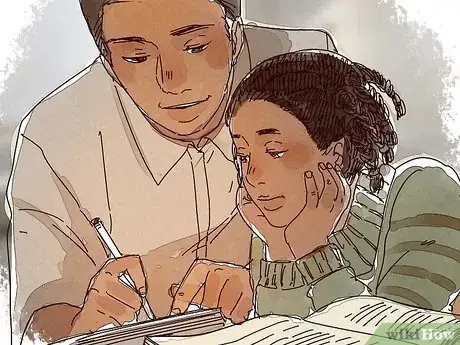
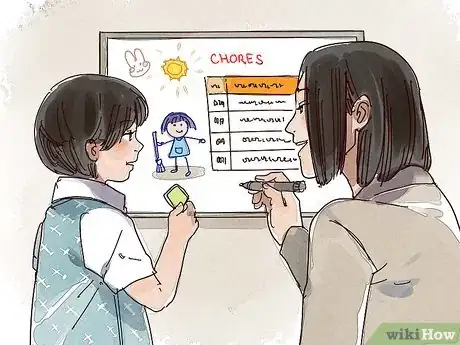
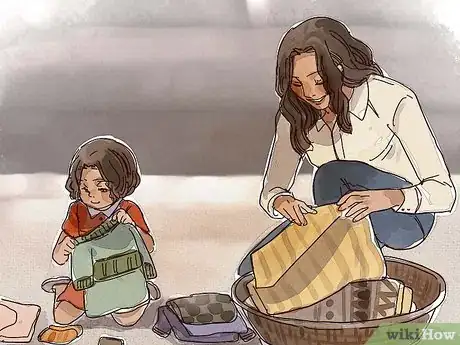
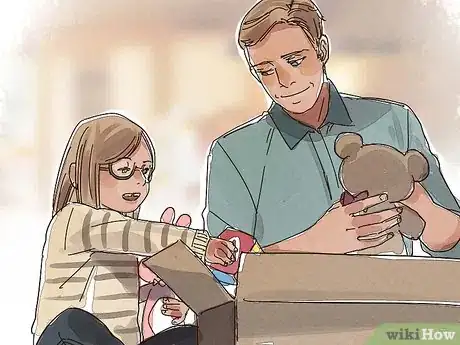
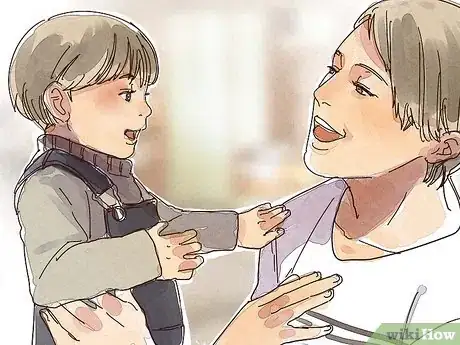




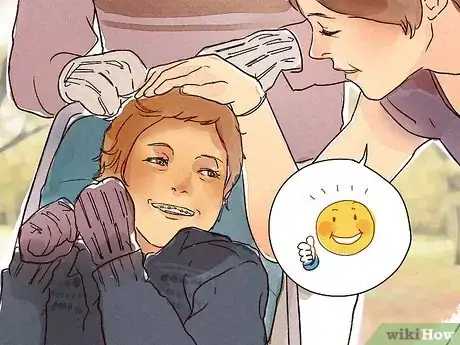
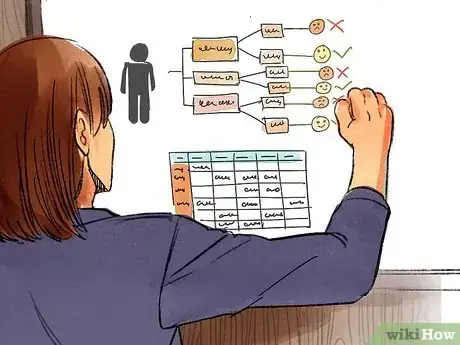

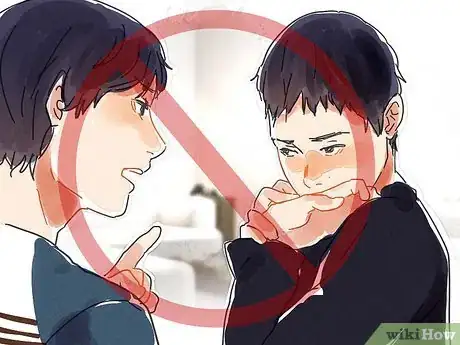


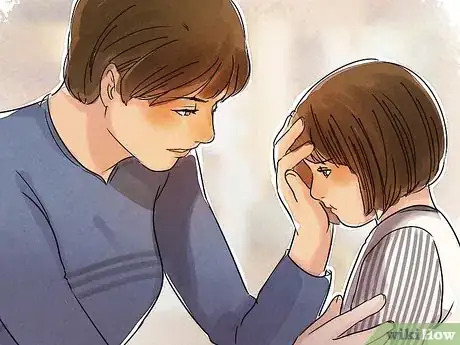
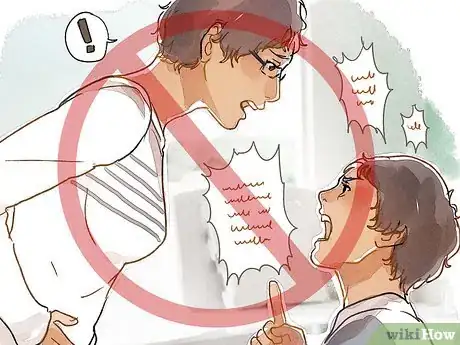

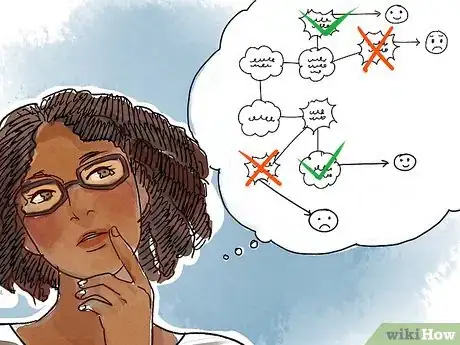
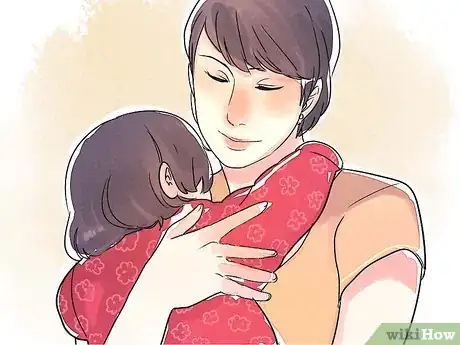

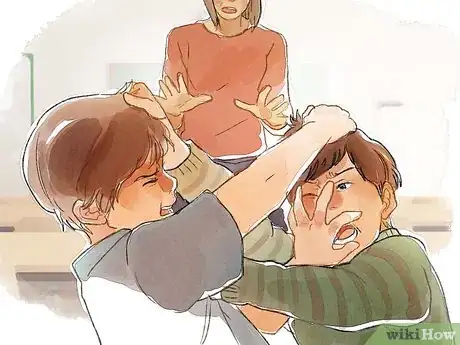

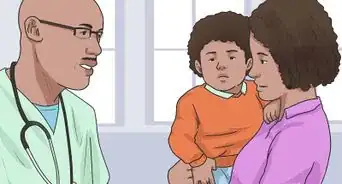







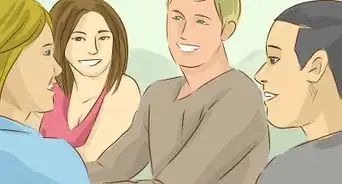
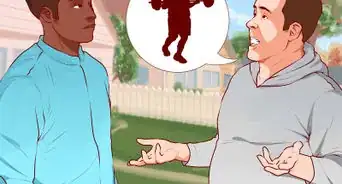
-Step-37.webp)


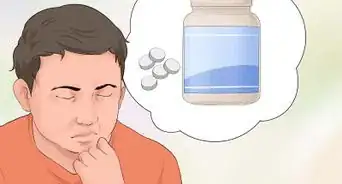









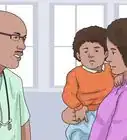






































Medical Disclaimer
The content of this article is not intended to be a substitute for professional medical advice, examination, diagnosis, or treatment. You should always contact your doctor or other qualified healthcare professional before starting, changing, or stopping any kind of health treatment.
Read More...